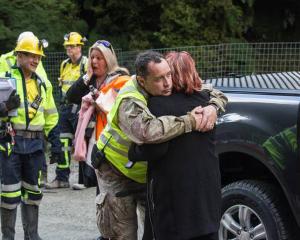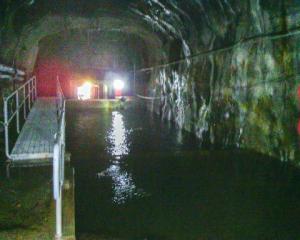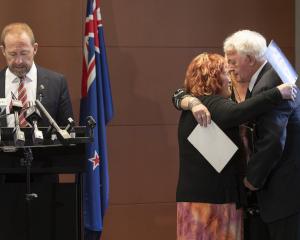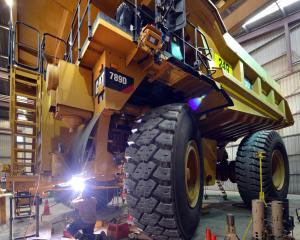Several rescue teams from around the country and one from Australia are waiting for the go-ahead to enter the 2.5km mine in the rugged Paparoa Ranges, which is reported to have a smouldering fire releasing poisonous gases.
Oceana Gold and Newmont, which have been operating several open-pit operations for decades, plus their respective and more recent Frasers and Favona underground tunnels, have offered rescue teams to Pike River.
Oceana's chief operations officer, Mark Cadzow, said he understood Pike River had enough emergency personnel and equipment on hand.
"This is a very tough situation they're in.
They have our rescue team on offer but probably have more than enough [on site already]," he said when contacted yesterday.
Six five-man rescue teams were rostered on eight-hour shifts at the Pike River site yesterday, a seven-man team from Australia was in Christchurch and on call, and the rescue teams were on offer from Oceana Gold and Newmont.
While both Oceana and Pike River operated underground mines, Mr Cadzow said Oceana targeted minerals as opposed to coal deposits, which can also contain deposits of methane gas, which may have contributed to Friday's explosion.
Mining at Frasers has continued uninterrupted since the explosion at Pike River.
Mr Cadzow said the Fraser's underground operation had a "very strong" safety record.
The more than $70 million Frasers underground mine was commissioned in early 2008 with a main decline access tunnel of more than 4km and dozens of offshoot and dead-end mining tunnels in place.
Frasers has a 2.4m-diameter escape tunnel and a 4m-diameter ventilation shaft that link with the main tunnel from about 340m above, similar in use to the Pike River ventilation shaft through which two miners escaped on Friday after the explosion.
Mr Cadzow was not aware of any former Oceana Gold staff now being employed by Pike River.
In February 2008, a 50-tonne rockfall in an offshoot of the Frasers tunnel system buried a $1.2 million remote-controlled loader, but without injuring its operator, who was working the loader via a television screen 250m away.










